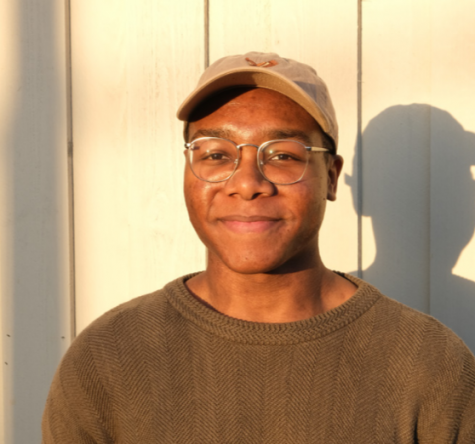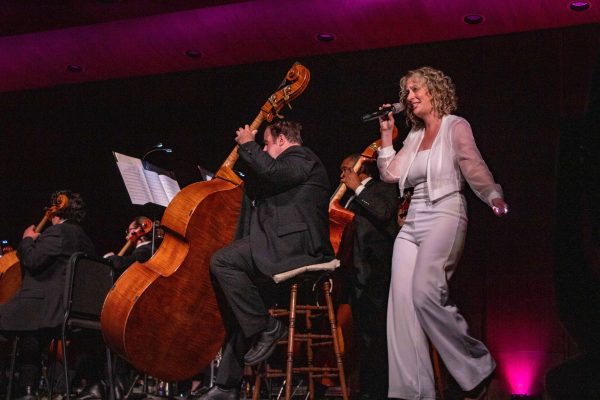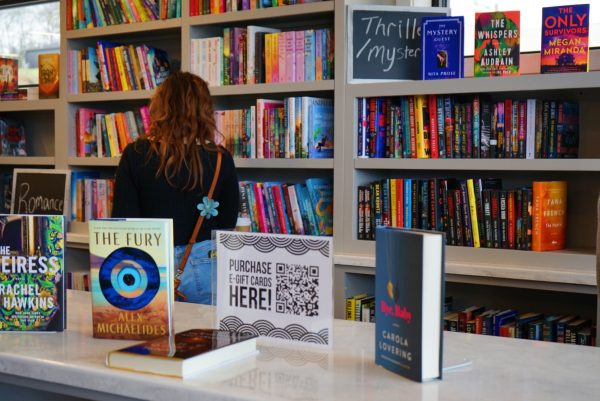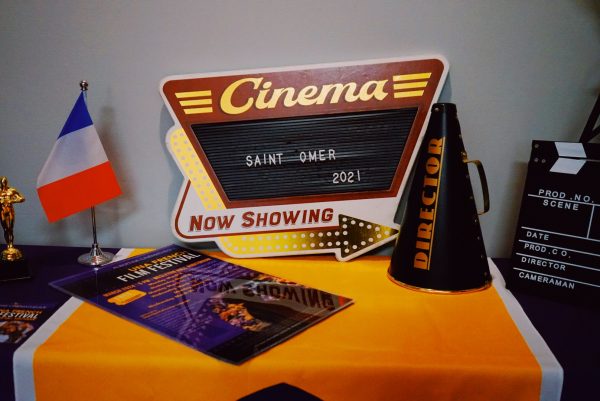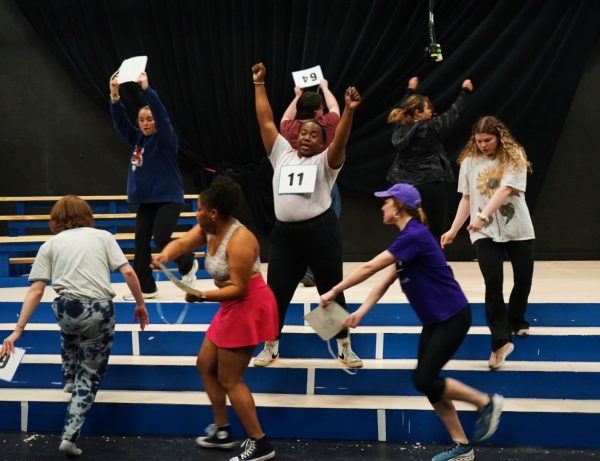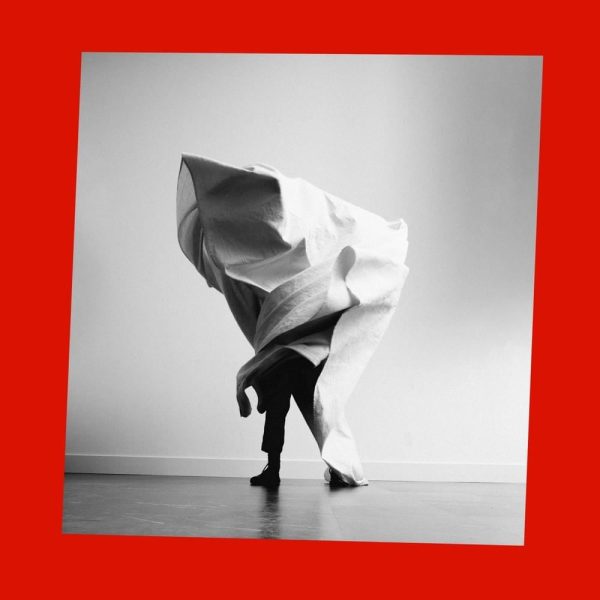Mary Ann Casey: ‘Imagine’
January 29, 2021
“And the world will be as one” by Mary Ann Casey is a body of work on display at the Kennedy-Douglass Center for the Arts from Jan. 6 to Feb. 17. The title is a lyric by John Lennon in his song “Imagine”.
“I have seen injustice, cruelty and greed. I have seen love, bravery and true service,” Casey said, “I know we can choose to be love, choose to empower, choose to be the difference.”
The paintings depict a world in unity as the song suggests. In many, children of varying shades are seen side-by-side, and in others an assortment of colorful shapes is presented to be interpreted by the viewer.
“I do abstracts and expressionistic figurative. I also work in clay sculpting, collage and assemblages,” Casey said, “At this time, I am enjoying the freedom and expressiveness of abstracts. They bring life and energy to spaces and offer a sense of balance to figuratives. People often ask who the people are [that] I paint. I don’t know, but I like them and I can imagine their stories. I encourage viewers to listen to their stories about a piece.”
Nadene Mairesse, the program coordinator for Kennedy-Douglass Center for the Arts, explained the significance of the exhibit, “This exhibit specifically deals with where we are as a society at this place in time,” Mairesse said, “and Mary Ann is sort of expressing her desire for some sort of unity and peace.”
In the first fog-laden moments of John Lennon’s promotional film “Imagine”, there is near-silence. For forty seconds, all one hears is subtle footfalls on gravel and pleasant chirps from nearby birds. The song that follows would later be considered his magnum opus and deemed one of the best of the 20th century. Like the reason behind Lennon’s success with the song, Casey hopes to make an impact on her audience in a meaningful way.
“I would hope they experience a feeling of inclusiveness, healing, empowerment, love and find their stories in the works,” Casey said, “I hope they sense their strengths and talents. I want them to embrace their stories.”
The exuberant character of the art, paired with its subtle notes on solidarity are indicative of an artist whose insight suggests having had a full life. Casey, the oldest of six siblings and former resident of Texas, Oklahoma, Georgia and Florida, has had nothing less of one. Her wisdom is alive in her conversation as well, her ideas flowing from a place of learning over time. Because of this, her age seems a mystery to some.
“It’s just really hard to tell because she has more energy than most people I know in their thirties,” Mairesse said, “She’s extremely energetic and expressive.”
One cannot disclose the age of a woman without her explicit permission, and Casey did permit hers to be given. To give a hint, Casey placed two spaces after the periods in her responses to this interview, a practice indicative of typewriter etiquette. When asked, she simply said:
“Seventy-eight.”
In all her years, what she has learned has been poured into her artistry. She hopes those that have and will come after her know that life does not end when you are deemed old by society. One never stops learning. It is in this understanding of oneself and others that we can achieve such a unity as that expressed in Casey’s “And the world will be as one”. She ends with some sage advice.
“Do what you love,” Casey said, “Listen to your soul talk. Know who you are. Do the work. Somehow disengage from being so reliant on social media and technology. Be real. Be authentic. Think. Trust your gut. Step over the cow patties in life because there will be others. Love yourself.”


